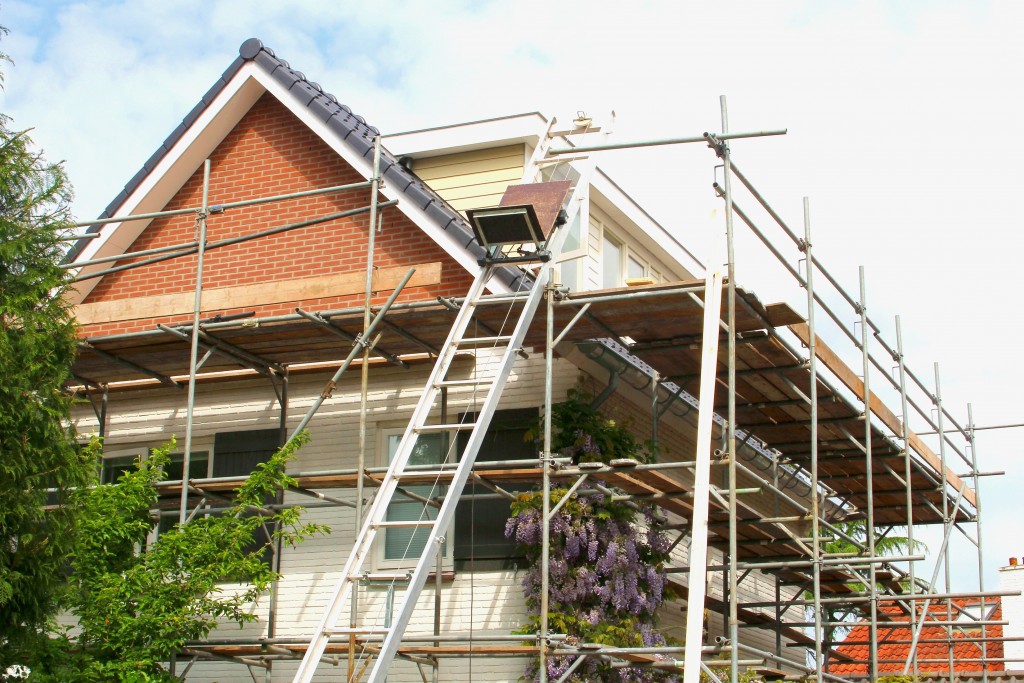Disclaimer: This website provides health information for educational purposes only and is not a substitute for professional medical advice, diagnosis, or treatment. Always seek the guidance of a qualified healthcare provider with any questions you may have.
For decades, your home has been a haven, providing you the ultimate comfort in every corner. As you enter your 50s however, it becomes tougher to navigate around your own house — which makes it crucial to perform some major renovations.
Here’s what you should do to keep your home safe and welcoming.
1. Install handles and grab bars in the bathroom.
Handicap bathroom equipment and accessories should be the first order of business. According to studies, around 235,000 people every year are rushed to hospitals due to bathroom accidents.
Handlebars, especially around the toilet seat, are crucial for seniors who need the added support to help them sit down and stand up from the seat. Anti-slip installations would also go a long way in ensuring that there are no slip accidents. Altering the bath to include a shower chair can also help reinforce safety in the area.
2. Renovate your first floor.
If your house has a second floor, it’s a good idea to make the first floor completely livable — even without the second space. Hence, the first floor should have its own bathroom, a living area, a kitchen, and a bedroom.
This will make it easier for elders to navigate through the house without having to tackle the steps. If it’s not possible, however, you could install an elevator-style chair on the side of the steps to help the elderly go up and down automatically.
3. Clear up space as much as possible.
This is the perfect time to de-clutter your home — Marie Kondo style! Removing unnecessary furniture and creating a clear pathway from one part of the house to another can help prevent accidents.

It gives you a wide berth for movement, so there’s no chance of toppling vases, figurines, and tables. Doing this ahead of time is also helpful in the event that there’s a need for a cane or a wheelchair.
4. Keep the carpets low and the elevation lighted.
High-pile carpets can cause you to trip as you move from a no-carpet to a carpeted zone. Make sure to replace this ahead of time to guarantee safety. Homes with slight elevations or steps should also be decorated with a lighted edge — similar to those installed in movie theaters.
This will help keep the steps visible, allowing seniors to anticipate the presence of the elevation or step. Of course, if you really want to avoid possible accidents, you can just place a ramp between the two elevations, thereby preventing injury.
5. Put lever handles everywhere.
Doorknobs are classics, but they can be tough to manipulate if you’re elderly. Instead, opt for lever handles that allow for an easy grip.
It’s a good idea to install this everywhere — not just your doors but also for water faucets. If you want to go the extra mile, there are also foot handles for water manipulation which should help save water.
Of course, those are just some of the things to alter if you want an elderly-friendly home. Note that it’s usually better to have the features in place before you actually need them in order to prevent injuries.




